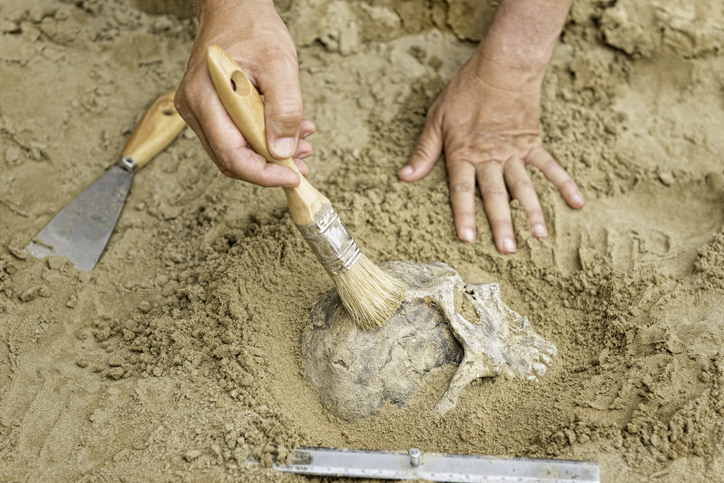Let's talk about lab water
Let's talk about lab water

Thanks to remarkable advances in ‘omics’ technologies, such as proteomics, scientists can now perform molecular analysis of biological samples in unprecedented detail – with applications spanning from medicine to ecology. Studying well-preserved human hair from archaeological specimens can provide important clues to understand different aspects of ancient civilizations – such as their diet, health, environment and culture.
Most studies of ancient human hair have focussed on elemental, structural and biological analyses, with only a very few looking at ancient hair proteins and their conversation state. Analysing the ancient hair proteome – particularly its composition, abundances and modifications – may offer new insights into the lives of our ancestors. Although a variety of analytical protocols are already well-established for use in forensic toxicology, these usually require relatively large amounts of raw hair, from 30 to 100 mg. As the preservation of archaeological artefacts is a vital consideration, adapted methods are needed that are robust, reproducible and applicable to smaller samples.
In a new study, researchers develop a new protocol that can accurately identify archaeological hair proteins and assess their preservation state using only very small amounts of precious material.1 The scientists based their approach on three routinely used protocols that apply nanoscale liquid chromatography coupled to tandem mass spectrometry (nano LC-MS/MS) for the proteomics analysis of modern hair samples.
After initially testing and optimising all three protocols using modern human hair, they selected the most promising method based on the quality of the mass spectrometry data and the required initial sample amount. They then used this method to analyse a hair sample from a ~3,880–year–old Andean mummy, identifying 11 ancient hair proteins and visualising the preservation state of the mummy’s hair from only 500 µg of raw material.
The team initially thoroughly cleaned all hair samples to remove any potential contaminating materials before analysis. They used ultrapure water generated from an ELGA PURELAB® laboratory water purification system, minimising the risk of introducing any new trace contaminants that may affect their results.
This study sets out a new protocol that can successfully identify the main proteins from the hair of a prehistoric mummy, and for the first time, assess the molecular preservation of ancient hair using proteomics. These results pave the way for studies to uncover new insights into hair protein alteration processes, such as those caused by ageing and ecological exposures over time.
The approach also offers scientists an opportunity to apply proteomics to precious and rare samples, not only in the context of archaeological studies, but also for any other future applications that require using very small amounts of sample.
ELGA’s expert engineers, chemists and scientists are at the forefront of technological innovation. We continue to introduce game-changing features to the laboratory water market.
Reference:
Dr Alison Halliday
After completing an undergraduate degree in Biochemistry & Genetics at Sheffield University, Alison was awarded a PhD in Human Molecular Genetics at the University of Newcastle. She carried out five years as a Senior Postdoctoral Research Fellow at UCL, investigating the genes involved in childhood obesity syndrome. Moving into science communications, she spent ten years at Cancer Research UK engaging the public about the charity’s work. She now specialises in writing about research across the life sciences, medicine and health.